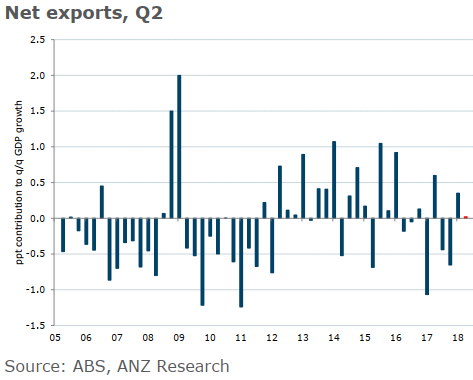


AUSTRALIAN MAJOR EXPORTS FREE
In 2016, former Prime Minister Abe introduced Japan’s ‘Free and Open Indo-Pacific’ vision, under which Japan would support the rule of law, including by promoting freedom of navigation, free trade, economic prosperity, and peace and stability. The Indo-Pacific region is a key focus for Japan’s foreign policy. Plans for the relocation of the US marine air base at Futenma in Okinawa have been a longstanding bilateral preoccupation. The US Seventh Fleet is based in Yokosuka and the 3rd Marine Expeditionary Force (III MEF) is based in Okinawa. The US military maintains a presence of approximately 50,000 personnel in Japan under the US-Japan Treaty of Mutual Cooperation and Security of 1960. Its security cooperation with the US has been important to maintaining stability in the region. The Japan-US alliance is the cornerstone of Japan's foreign policy and national security. Japan also actively contributes to international solutions to shared challenges such as environmental protection and climate change, terrorism, economic security and resilience, maritime security, counter-proliferation of weapons of mass destruction, poverty reduction, disaster resilience and infectious diseases. This supports its economy which is highly dependent on international trade and investment. Japan's foreign policy aims to promote a peaceful and stable international community that adheres to agreed rules and norms. Universal suffrage is limited to citizens of Japan aged 18 years or older. Each tier is governed by elected assemblies. There are 47 prefectures and 1,741 local municipalities. Japan’s governmental structure has three tiers: national, prefectural and local. However, the Prime Minister can appoint non-politicians to the Cabinet and as Special Ministers of State. Under the Constitution, the majority of cabinet members must be elected officials. There is no term limit for Prime Ministers, although individual parties often have term limits in place under party rules. The Prime Minister is selected from among members of the Diet through a vote by both Houses. One half of the Upper House is dissolved for election at regular three-year intervals.Įxecutive power is vested in the Cabinet, which comprises the Prime Minister and other members known as Ministers of State. The Upper House has 245 members who are elected for six-year terms, with the majority elected in prefecture-based constituencies and the remainder by proportional representation at the national level. The Lower House has 465 members who are elected for four-year terms, although the House is frequently dissolved earlier than this. It comprises a House of Representatives (Lower House) and a House of Councillors (Upper House). The accession of Emperor Naruhito on marked the beginning of the Reiwa ('beautiful harmony') Era in Japan. Japan maintains an imperial family, currently headed by Emperor Naruhito. Japan's Prime Minister, Kishida Fumio, was appointed to the role in October 2021, succeeding Suga Yoshihide. Japan is a democratic, constitutional monarchy with a parliamentary government headed by a Prime Minister.


 0 kommentar(er)
0 kommentar(er)
